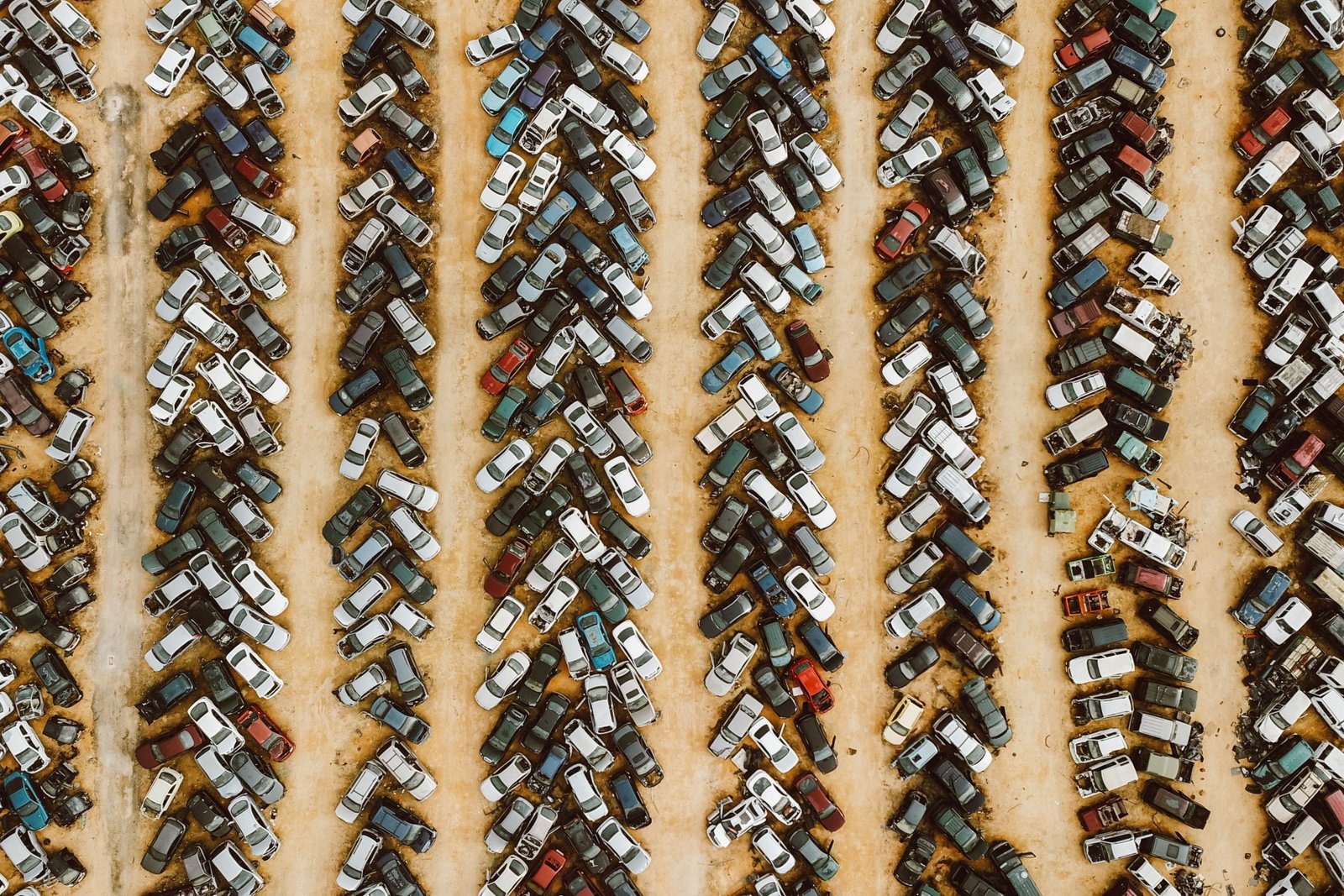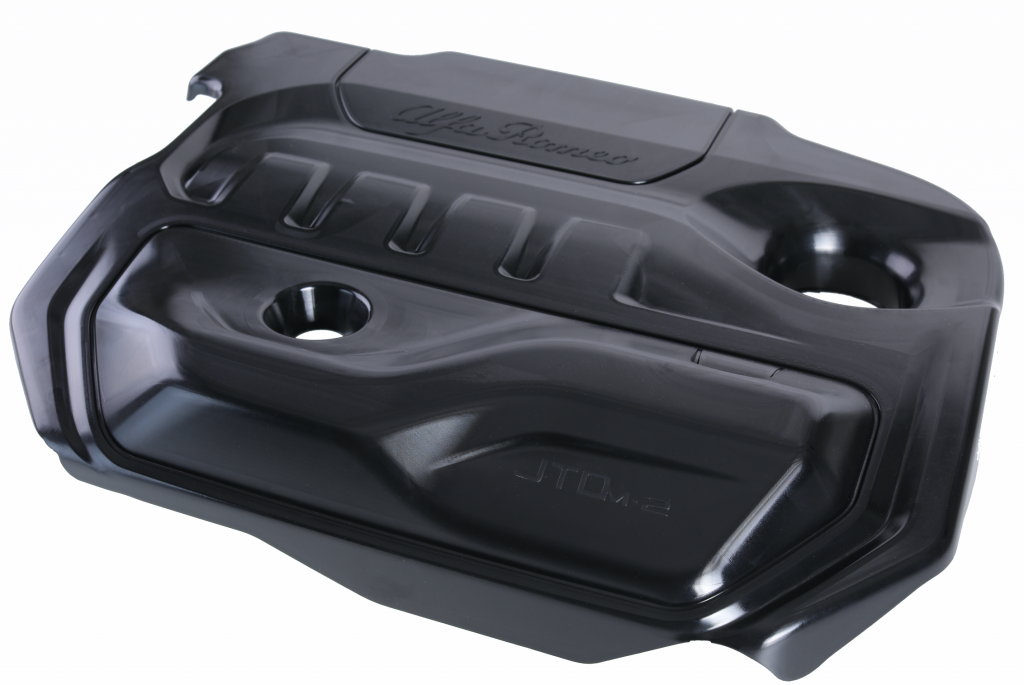Our blog
DON’T READ THIS ARTICLE UNLESS YOU ARE DISHEARTENED BY THE ENDLESS PRODUCTION CHAIN THAT CAUSES DELAYS IN THE DELIVERY OF YOUR PARTS
DON’T READ THIS ARTICLE UNLESS YOU ARE DISHEARTENED BY THE ENDLESS PRODUCTION CHAIN THAT CAUSES DELAYS IN THE DELIVERY OF YOUR PARTS
DON’T READ THIS ARTICLE UNLESS YOU ARE DISHEARTENED BY THE ENDLESS PRODUCTION CHAIN THAT CAUSES DELAYS IN THE DELIVERY OF YOUR PARTS
The One-Shot® Method is patented as the world’s fastest method to produce car parts. Have you ever wondered what would happen if you could apply it to one of the products you are currently working at? Read here and discover how we increased productivity by 300% for the Engine Beauty Cover (and how you can also do so)
Dear Engineer,
Let me guess: you are thinking that the issue of delays is so old and unsolvable that it is useless to even talk about it.
Maybe you came across this post at the end of your lunch break, you have a nice cup of coffee in your hand and you are thinking that that coffee is the only thing that will help you make it to the end of today without losing your sanity.
Or maybe you have just left work and are tired, you have a headache that no aspirin will make go away, you need to pick up your kid from your in-law’s and then start making dinner.
And you think: “Great! An article on the miracle that solves the issue of delays, that’s exactly what I needed right now!”
Let me warn you: no miracles. No magic pill. But I do have something to tell you that could turn your days 180 degrees. Please follow me.
You are right: talking about delays in our sector is quite frustrating.
Mainly because very often, there’s nothing we can do about it: deadlines are dictated by suppliers, by transport and by external factors that more often than not do not depend on you.
I am talking about the proverbial “dog chasing its tail”: a vicious circle that is really hard to break once it has set in.
I said “more often than not” because I discovered (and this is what I want to talk to you about today) that there is a way out of it, and I’ll tell you what it is.
Have you ever paid attention to those pictures where elephants hold each other’s tail? Each of them holds with its trunk the tail of the elephant in front and a long chain is formed. They do so to keep each other company.
But it can happen that an elephant is alone and cannot hold any other elephant, so it gets used to holding its own tail with its own trunk.
I think this is a genius response.
What does it have to do with what I was saying? More than you would think.
I, like you, have been working in the automotive sector for some time and I realised that the issue of delays is very tiring in the long run and it causes other issues. Customers being unhappy is only the final piece of the puzzle.
So, I asked myself what could be done to avoid this. Together with the engineers of SAPA’s Innovation Engineering department we have come up with a method that allows us to avoid this annoying tendency. Practically, we have created a method to “hold our own tail” and avoid the nuisance of having to wait for someone else to be ready.
The One-Shot® Method
We called it One-Shot® method and the name says it all.
Our research rests on a very simple concept, i.e. optimising production phases. Our objective was to reduce the number of phases to make the process dramatically leaner, and, wherever possible, bring it down to one single shot. One-Shot.
If you are wondering how this is possible, I can answer that in just one word: automation. We decided to invest in research and innovation to create automated processes that would reduce the number of phases.
Clearly, the direct consequences of this method are:
- Time reduction
- Waste reduction
- Weight reduction
- High quality standards being upheld.
Today the One-Shot® Method is patented as the world’s fastest method to produce car parts.
What does it mean to patent a method? It means that this work method will bring benefits regardless of the part it is being applied to.
Precisely.
Clearly, the results will change according to the product characteristics, but the benefits will not change.
Does all this seem to be just a theory and not very credible?
Please read on: I’d like to tell you about how we applied it to the Engine Beauty Cover and what benefits we got out of it.
The Engine Beauty Cover in the traditional method
When Alfa Romeo asked us to work on a part that nobody had changed in twenty years, we got straight to work.
We thought it was the perfect opportunity to apply to the One-Shot® Method.
As you know, the Engine Beauty Cover is an extremely important part, for three reasons:
– cover function: it avoids splashes and protects the engine, hence ensuring it lives longer;
– soundproofing function: it increases comfort and avoids the annoying noises that distract the driver;
– decoration function: it looks nice because, as you well know, a car needs to look nice in its slightest details.
In the traditional process the following things and phases are needed to obtain the result:
- 3 different moulds to mould the pieces
- Injection of foamed PUR carried out by external suppliers
- Assembly and joining of the pieces with star locks and washers.
The nuisance that we could not get past was that 3 moulds were needed to create just one cover, but especially that we had to ask for help from external suppliers for the foamed piece.
Inevitably, this had unpleasant consequences:
- 3 moulding operations for each part: more tooling costs, more occupied surface and therefore more fixed and variable costs
- Several suppliers for one single cover: difficulties in managing and controlling the process
- More transport costs hence higher environmental impact.
To all this, one needs to add higher risks, reduced control over the process and an uncontrolled amount of waste.
Why? For one simple reason: more production phases means more personnel. And more personnel always equals more mistakes.
Together with our engineers, we asked ourselves what the best way to address these issues would be.
The problem originated in having a long production chain: two technologies were needed to produce the engine cover – injection moulding and the injection of foamed PUR – and they had NEVER been joined together before.
We had to find a method that would solve all these issues and that at the same time would make us save on costs.
How the One-Shot® Method has innovated the Engine Beauty Cover production process
Firstly, we decided to make it into an internal process, that is to say a process in which we would control all the phases and would not need to delegate the production of any parts to external suppliers. By choosing to produce the soundproofing ourselves, we avoid a chain that adds costs without adding value. But we didn’t stop there.
By analysing the process, we saw that the PUR injection phase is three times slower than the moulding phase: an engine cover is moulded in 60 seconds, while the PUR typically needs 180 seconds.
This means in the time that we produce 3 Engine Beauty Covers, only 1 PUR injected cover can be produced. This also increases costs due to the PUR moulds to be added to the one for the moulded cover.
By reducing the moulding and the addition of PUR to just one step, we increased productivity by 300%.
This also means that the joining phase is eliminated.
The solution lied in radically changing the traditional procedure. And our One-Shot® Beauty Cover comes to the same results
– while also eliminating assembly, and thus avoiding imprecisions and errors;
– with a reduction of the work phases and therefore less time and resources are needed;
– by concentrating the whole process in one single production station, and production time is 120 seconds.
All this is in line with Horizon 2020.
What does this mean practically for you?
- 300% productivity increase;
- One single mould instead of 3: in the standard process, 1 mould is needed for the hard shell and 2 more are needed for the PUR;
- The cycle time is reduced from 180 seconds (needed to mould the cover + soundproof moulding) to 60 seconds;
- Joining with star locks is no longer needed because the part is joined chemically, so no operator and no dedicated machine are needed to join the part to the cover;
- Improved luxury sensation thanks to reduced rubbing and noisiness.
The SAPA One-Shot® Beauty Cover is already industrialised on the engine of the Alfa Romeo Giuletta 1.6
I hope that this article gave you some new and useful hints.
The One-Shot® Method was and is a very important resource for us and we are happy to share it with someone like you, someone who looks to the future.
Kind regards
Giovanni Affinita,
Executive Director and Member of the Board of Directors
If you would like to find out more on the production process of the engine beauty cover created with the One-Shot® Method or discover the other applications of this method,
Fill in the form below.
We’ll get bacK TO YOU WITHIN 24 HOURS
Want to learn more about our one-shot® method and find out how you too can get lighter components and lower emissions?
Let's evaluate together the application of the one-shot® method to the project you are working on. fill out the form below, you will be contacted within 24 hours!




